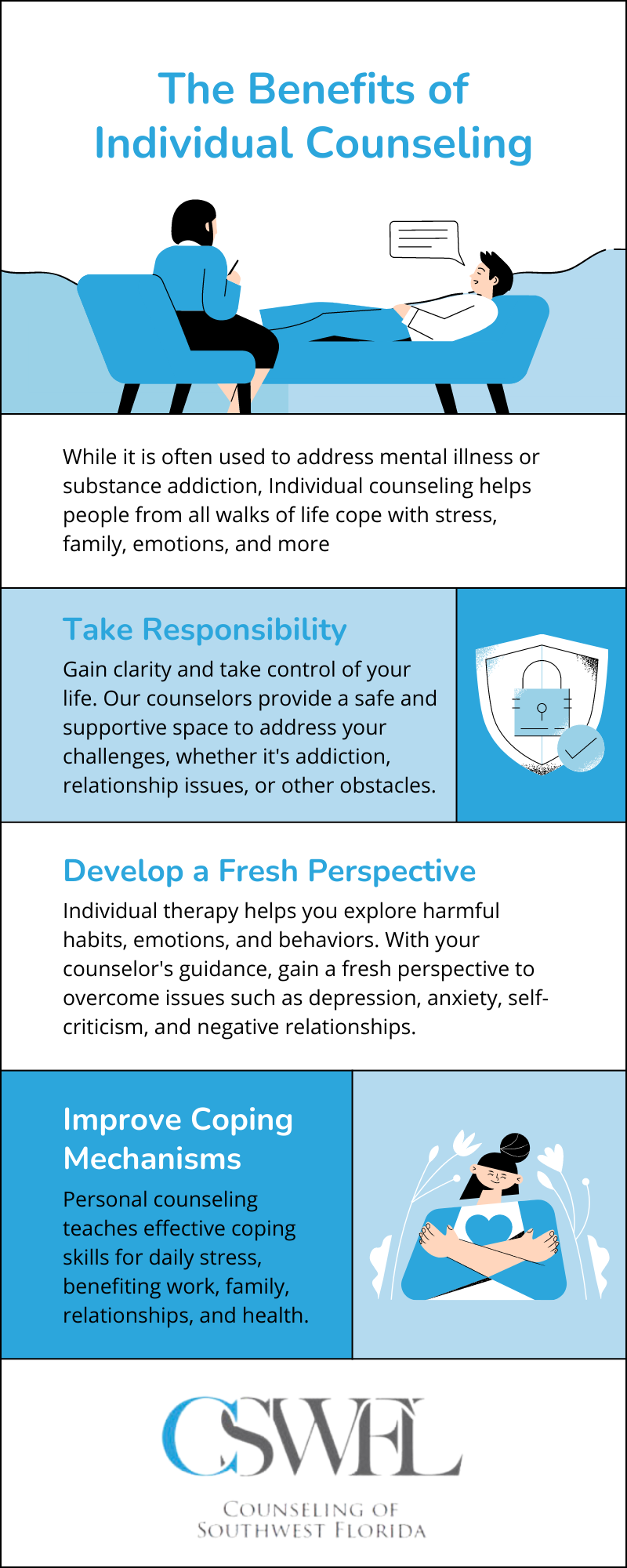The Buzz on Aim Point Counseling
Table of ContentsAim Point Counseling - The FactsThe Greatest Guide To Aim Point CounselingSome Of Aim Point CounselingSome Known Questions About Aim Point Counseling.9 Easy Facts About Aim Point Counseling ExplainedThe Only Guide for Aim Point Counseling
The longitudinal design involves a pre-treatment study and 2 follow-up surveys at 3- and 12-months post-intervention. The research is set in 8 Relationships Australia Victoria centres, throughout urbane, outer suburban areas, and regional/rural sites. Relationships Australia, a non-government organisation, is the biggest copyright of couple therapy and connection solutions in Australia.

In Australia, the average length of marriage prior to splitting up is 8.8 years, and approximately half of all divorces entail couples with children [1] These high prices of partnership breakdown have been constantly related to negative health consequences for both adults and children complying with divorce/separation. These include seclusion from support networks, and reduced revenue and criterion of living for both adults and children [3], issues of commitment over youngsters for males, and clinical depression and loss of identification for ladies [4,5]
Aim Point Counseling Can Be Fun For Anyone
Longitudinal researches additionally suggest that children of divorce have a greater incidence of psychological conditions, medication and alcohol use, and dangerous sexual behaviour [7] Although the results of separation and separation can be destructive, research study suggests that high relationship discord in intact pairs is also most likely to have unfavorable outcomes.
Study to date has actually recognized both couple and specific variables that may add to relationship disharmony. These consist of partnership complete satisfaction and commitment at the pair level, and clinical depression at the private level.
What Does Aim Point Counseling Do?
Relationship complete satisfaction has actually been one of the most typical result variable recognized in greater than 200 assessments of couple therapy [11,12] Research studies have found significant improvements in connection contentment from pre- to post-treatment [13,14] and throughout one to two years following therapy [15] In these studies, connection contentment was most often examined making use of the Dyadic Modification Range (DAS) [16] Consequently, while most studies indicate improvements in partnership satisfaction following couple counselling, they are restricted by the examples and actions used, largely short-term follow-up timespan, and analyses that do not account for the dyadic nature of pair information. Connection commitment, based on procedures such as the Dedication Stock (CI) [19], is one more typically checked out connection outcome.
To summarise, research suggests that couple-specific variables in addition to individual aspects might forecast the results of pair counselling and relationship services. The causal instructions of these partnerships, however, is much less clear. These monitorings are vital, considering that, to justify and guide the application of connection solutions such as pair therapy, empirical proof must check out both the results of connection solutions and the variables that anticipate successful therapy.
There is a growing agreement that effectiveness researches need to be enhanced by efficiency research study to best inform medical practice [ 29] The limited efficiency study that exists to day recommends that pair coaching can enhance outcomes such as relationship contentment [33,43], communication skills and basic health [44], at the very least in some European nations.

We presently know little concerning the accounts of couples who look for out connection education contrasted with those that look for partnership therapy, or the outcomes of these programs. Unscientific proof suggests that there may be significant distress amongst at least some couples looking for relationship education and learning.
About Aim Point Counseling
Responses includes participants finishing sets of questions concerning their connection (e.g. actions of social problems), and obtaining details on what their ratings suggest. Cognitive-behavioural methods advertise transforming cognitions to help with favorable relationships.
These effects have lingered for as much as 4 years in some research studies [47] Nevertheless, these meta-analyses highlight restrictions in the current literary works on connection education and learning. Specifically, the majority of research studies involved couples from upper socio-economic histories who were not experiencing high connection discord [47,48] This sample profile might not stand for customers who typically provide for connection education and learning.
Aim Point Counseling Fundamentals Explained

Very little research has actually taken a look at the comparative benefits of pair coaching and relationship education and learning programs. As clients are likely to self-select into these service types, it is not clear whether characteristic relationship distress profiles present per solution type, or without a doubt whether there is a communication between offering profile, service type and end result.
Hence, we have consisted of a 12-month follow-up to evaluate longer-term patterns and impacts.
As a result, we propose to utilise multi-level analytical modelling procedures that regulate for the inter-dependence of pair information to evaluate any treatment results. The certain aims of the ECC research are to: 1. Map profiles of clients looking for area agency-based pair therapy vs. connection enhancement programs in terms of socio-demographic and relationship signs (such as partnership contentment, relationship commitment, social problems, and factors for participating in), along with wellness (such as anxiety, basic wellbeing) and wellness service use (eg.
2. Identify whether pair coaching and partnership education solutions boost 3- and twelve-month results for partnership complete satisfaction, dedication, and anxiety, utilizing analytical evaluations appropriate to pair information. 3. Figure out the loved one payments of customer variables (specific and couple) and therapy/education aspects to outcomes at 3- and 12-months, and to sustainability of end results in time.
Aim Point Counseling Can Be Fun For Anyone
Multi-level modelling to determine pre-post differences, regulating for dyadic (pair) level. To add to the literary works assessing the efficiency of community-based pair counselling. The results will aid professional decision-making in community-based connection service settings, and professional training. 3. To figure out the relative contributions of client/couple and treatment click resources variables to results at 3- and 12-months, and to sustainability of results with time.
Comments on “Aim Point Counseling - An Overview”